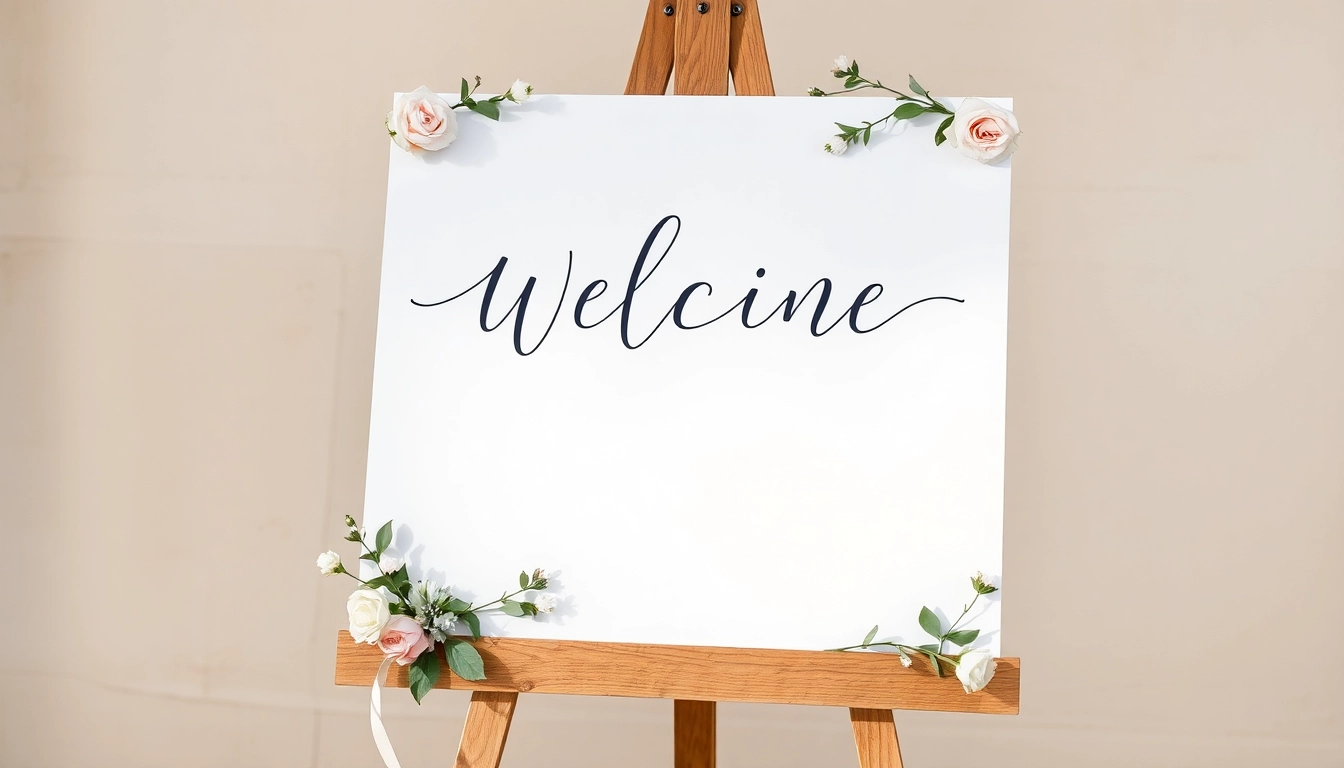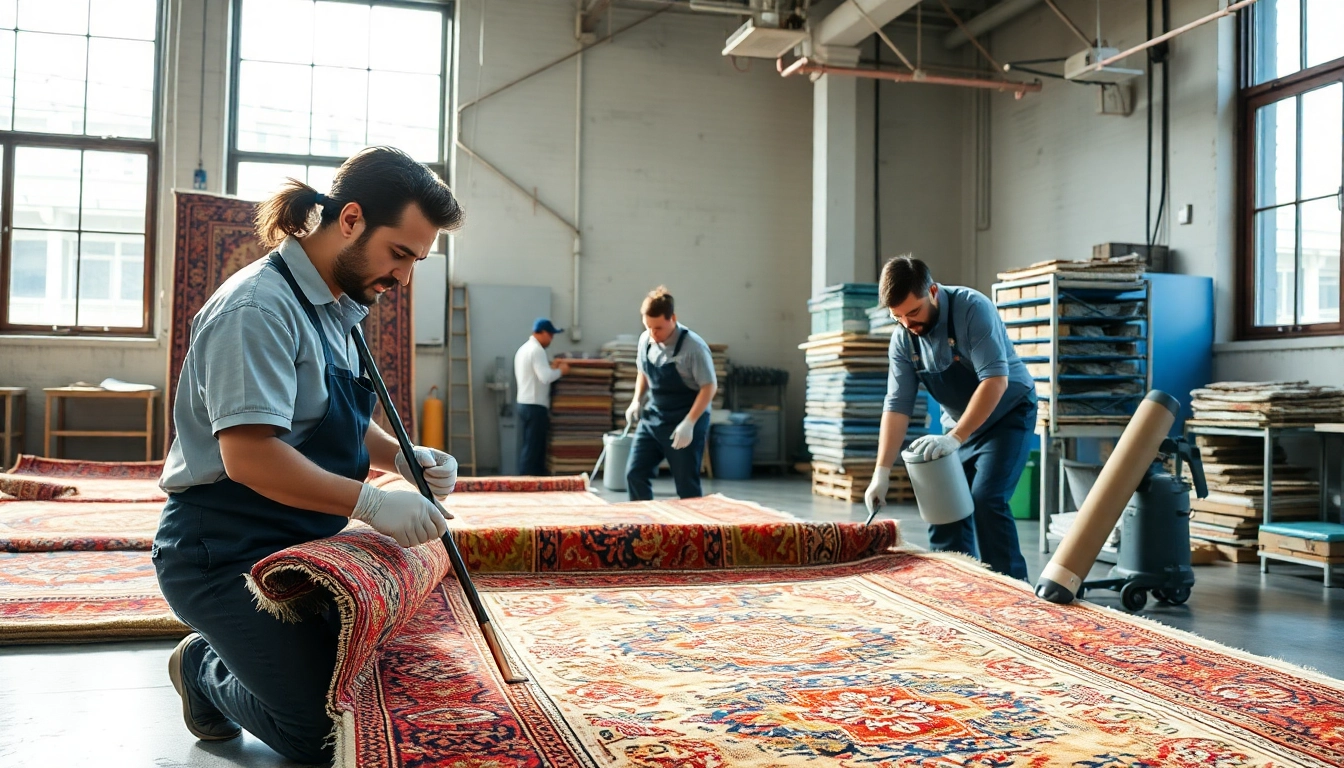Understanding the Role of a Wedding Welcome Sign
Purpose and Significance
In the context of a wedding celebration, a wedding welcome sign serves as the first tactile experience that guests encounter upon arriving at the venue. It acts as a warm, personalized greeting that sets the tone for the entire event, reflecting the couple’s personality and wedding theme. Beyond mere decoration, the welcome sign functions as a visual anchor that not only guides guests but also emphasizes the significance of the celebration. It creates a sense of occasion, making guests feel appreciated and part of a special moment right from the start.
Moreover, a well-designed welcome sign provides practical benefits—such as indicating the venue’s name, providing important directions, or showcasing the couple’s love story through personalized messages or quotes. Its presence enhances the overall aesthetic, seamlessly integrating into the wedding decor while serving as a memorable element in photographs.
Common Elements to Include
While designing your wedding welcome sign, certain elements are typically included to maximize relevance and impact:
- Couple’s Names: Clearly displaying the names ensures guests instantly recognize the event and adds a personalized touch.
- Wedding Date: Including the date helps commemorate the occasion and is useful for photo memories.
- Greeting Message: A warm phrase such as “Welcome,” “Join Us in Celebrating,” or customized humor or quotes that reflect the couple’s personality.
- Venue or Location: Especially helpful for outdoor or large venues, guiding guests to the main event space.
- Additional Instructions or Quotes: Optional but impactful, such as “Love is Sweet” or a meaningful quote that complements the theme.
Interestingly, the inclusion of these elements isn’t rigid; modern couples often tailor the sign to reflect their style, adding elements like cultural symbols, or a humorous message that sets a fun tone.
Design Tips for an Impressive Wedding Welcome Sign
Choosing the Right Style to Match Your Theme
The style of your wedding welcome sign should harmonize with the overall wedding theme. For a classic, elegant affair, opt for calligraphy on metallic or acrylic backgrounds, with delicate embellishments. Rustic weddings benefit from handcrafted wooden signs, chalkboard styles, or vintage typography. Modern or minimalist weddings call for sleek designs, clean fonts, and monochromatic color schemes. If your wedding is themed around a particular motif—beach, bohemian, or vintage—incorporate those elements into your sign’s design. For example, seashell motifs for a beach wedding or floral illustrations for a garden celebration.
The key is consistency. The welcome sign should complement the table settings, floral arrangements, and overall decor to create a cohesive visual narrative.
Color Palette and Typography Considerations
Colors should reflect your wedding palette—soft pastels, bold hues, or metallic accents—ensuring the sign doesn’t clash with other decor. Think about contrast: a dark font on a light background or vice versa guarantees readability from a distance.
Typography is equally crucial. Choose fonts that match the tone: elegant script fonts for sophisticated events, playful handwritten styles for casual or rustic weddings, or modern sans-serif for contemporary themes. Limit the number of fonts to two or three to maintain clarity and visual harmony.
Utilizing digital tools like Canva or Adobe Illustrator can help test color and font combinations, ensuring your sign is both attractive and legible.
Materials and Durability for Wedding Settings
Selecting the right materials impacts both aesthetic and longevity. Common options include:
- Acrylic: sleek, durable, available in various colors and finishes, including mirror, frosted, or transparent.
- Wood: offers a warm, rustic charm; options include painted, stained, or distressed finishes.
- Foam Board: lightweight and easy to transport, suitable for outdoor or indoor use.
- Chalkboard or Whiteboard: reusable and customizable, ideal for DIY or changing messages.
For outdoor settings, weather-resistant materials like acrylic or treated wood are preferable. For indoor venues, a broader range of materials can be used without concern about weather damage.
Incorporate protective coatings or frames to enhance durability, especially if the sign will be displayed for an extended duration or outdoor use.
Creative Ideas for Personalized Wedding Welcome Signs
Incorporating Couple’s Names and Wedding Date
Personalization remains integral to impactful signage. Beyond standard names and date, consider stylistic choices:
- Monogram Designs: Elegant initials intertwined with floral or geometric patterns.
- Full Names with Titles: Including titles like “Mr. & Mrs.” or informal nicknames for a fun touch.
- Custom Icons or Symbols: Hearts, rings, or cultural icons that represent the couple’s journey.
These elements can be artistically integrated using calligraphy, letterpress, or digital printing for a polished finish.
Adding Humor, Quotes, or Cultural Elements
A personalized message or quote can set a tone—romantic, humorous, or culturally significant. Popular choices include quotes from literature, personal mottoes, or funny lines like “Happily Ever After Starts Here” or “Love, Laughter, and Cake.”
For multicultural weddings, incorporate traditional symbols, phrases in different languages, or cultural motifs, ensuring the sign resonates with your heritage.
Using Unique Shapes and Handcrafted Designs
Stepping away from standard rectangular signs, experiment with shapes like hearts, arches, or custom silhouettes that mirror your wedding theme. Hand-painted or handcrafted signs, perhaps with watercolor backgrounds or 3D embellishments, add a tactile, artistic touch.
DIY projects, such as fabric or chalkboard signs, provide an authentic, personal feel, especially when crafted by the couple or close friends.
Placement and Size Guidelines for Optimal Impact
Ideal Locations at the Venue
Strategic placement is vital. Typically, the welcome sign is positioned at the entrance or registration area, where it’s the first point of contact for guests. Other ideal spots include near escort card or seating chart displays, or as a backdrop in the photo booth area. If outdoor, ensure visibility from various directions and sufficient lighting.
Standard Dimensions and Material Recommendations
Common sizes for wedding welcome signs are 18×24 inches or 24×36 inches, especially when mounted on foam board or easels. These dimensions provide readability from a distance while remaining elegant and unobtrusive.
For outdoor or larger venues, larger signs may be necessary, but always consider scale proportionality to the venue size and guest flow.
Ensuring Visibility for All Guests
Use contrasting colors and ample lighting to ensure the sign is legible. Elevate signs on sturdy stands or frames for better sightlines. For outdoor settings at dusk or evening, incorporate lighting solutions like string lights, lanterns, or LEDs to highlight your signage.
In multi-language or large venues, consider multiple signs or digital displays to maximize accessibility.
Enhancing Your Wedding Entrance: Additional Signage Ideas
Directional and Seating Signs
Directional signs help guide guests from the entrance to various event spaces—ceremony site, reception area, restrooms, and outdoor amenities. Seating charts can be displayed on elegant boards indicating table assignments, reducing confusion and line delays.
Use consistent design motifs for all signs to create a cohesive look.
Photo Booth or Welcome Letter Signs
Incorporate fun or personalized signs at photo booths to encourage guests to take pictures with playful prompts or hashtags. Welcome letters or message boards expressing gratitude also add warmth and hospitality.
Lighting Effects to Highlight Your Signs
Utilize uplighting, spotlights, or fairy lights to draw attention to signage. Light can also enhance the mood—warm lighting for romantic weddings, vibrant colors for festive celebrations. Consider solar-powered or battery-operated lights for outdoor installations where power sources may be limited.




